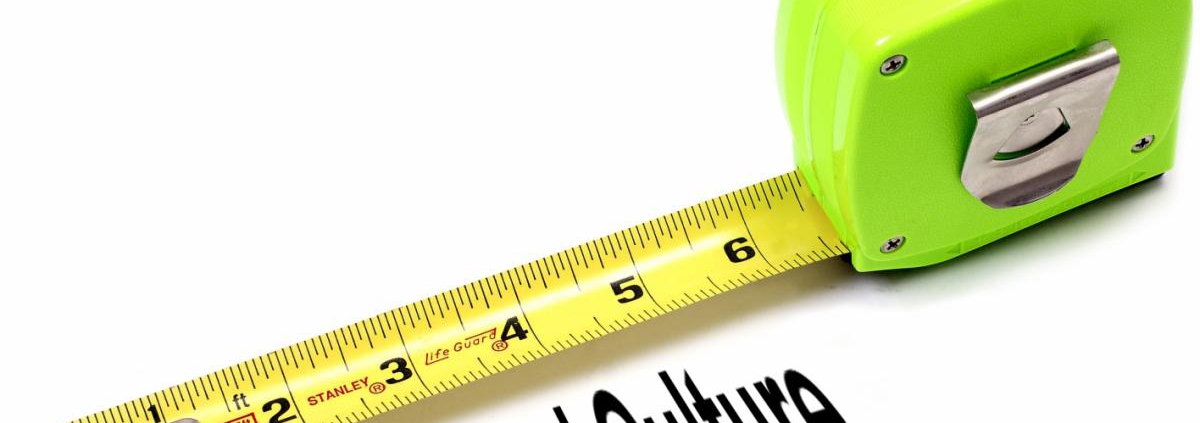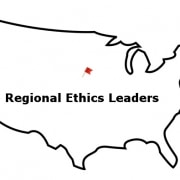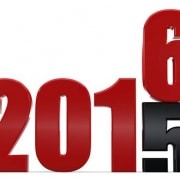Measuring Ethical Culture: Tips and Tools
 As any Compliance Officer knows well, demonstrating that your company has an effective compliance program is one of the main goals of your day-to-day efforts, but also one of the most elusive. The Federal Sentencing Guidelines are designed to incentivize businesses to implement ethics and compliance programs by rewarding companies through reduced sanctions- if they can demonstrate that they have an effective compliance program. The broad goal for most companies is to demonstrate, in the face of an investigation or finding of illegal actions, that the act was caused by a rogue employee and not because of how the company inherently conducts its business.
As any Compliance Officer knows well, demonstrating that your company has an effective compliance program is one of the main goals of your day-to-day efforts, but also one of the most elusive. The Federal Sentencing Guidelines are designed to incentivize businesses to implement ethics and compliance programs by rewarding companies through reduced sanctions- if they can demonstrate that they have an effective compliance program. The broad goal for most companies is to demonstrate, in the face of an investigation or finding of illegal actions, that the act was caused by a rogue employee and not because of how the company inherently conducts its business.
Yet, we all know that in practice demonstrating effectiveness of a compliance program is rife with gray areas, cynicism and challenges. Many have written about these issues.
As compliance programs mature, the community has broadened its perspective and now also considers how company culture plays into the effectiveness of programs — yet the same questions about measurement and effectiveness persist with respect to ethics programs. At Ethical Systems, we think that good ethics makes compliance easy, and this growing emphasis on ethical culture demonstrates that many compliance programs have also evolved towards this view. Many now see the important role that informal systems have on the more formal elements of a program, however, the questions relating to effectiveness become even more elusive, and measurement an even bigger challenge.
In several timely blog posts on his Compliance Week blog Jose Tabuena emphasizes the need for research to address the challenges of measurement. As he points out in his post “to really improve corporate culture, it must be measurable.” Adding the discipline of quantitative measurement to compliance programs helps officers clarify their program objectives, and improve decision-making. In particular, he highlights that compliance programs should consider whether their work has an impact, and that they are not just doing it for the sake of fulfilling a legal requirement.
Measuring ethical culture remains one the most difficult aspects of measuring the impact of an E&C program. Some describe the task of measuring effectiveness as the “holy grail” of organizational ethics and compliance. Tabuena identifies several regulatory trends bringing this challenge to the forefront, such as FINRA’s request for information from firm’s about to report on how they demonstrate adherence to their own values.
Ethical Systems has geared up to help the industry address this challenge. Earlier this year, we convened a working group of the leading academics and researchers who study ethical culture in business to develop measurement tools to help companies understand where there could be gaps in their culture. The group decided to begin with an employee survey approach, deriving validated questions from academic literature. Linda Trevino, Ethical Systems collaborator and Professor at the Smeal School of Business at Penn State, chairs the working group and presented the initial findings of the ethical culture survey at Ethics by Design.
As Trevino discussed at the conference, there are various approaches to measuring culture, including focus groups, exit interviews, social media, and psychometric tools such as an implicit association test, many of which will be tackled by the working group in subsequent phases. Once we have completed the pilot tests of the Ethical Systems Culture Survey, the tool will be made more broadly available for any company who wishes to survey their employees to measure ethical culture.
We are increasingly hearing about the need for more evidence-based tools and techniques in the implementation of E&C initiatives. Given the time, effort, and money spent on developing compliance programs, most in response to requests by law enforcement that companies adhere to certain regulatory requirements to managing compliance, it is no surprise that people are beginning to question whether the costs are having an impact. As Tabuena highlights, social science also needs access to opportunities for experimentation in order to test its theories about human behavior.
Jonathan Haidt’s Ethical Systems 2015 year-end letter reflected similar conclusions– namely, that the fields of behavioral ethics and business ethics should evolve from their clinical practice stage into a cumulative science, “in which knowledge accumulates and good ideas rise to the top.”
To this end, Ethical Systems is facilitating access by ethics researchers to real companies where they can test their ideas. Our main collaborator in this endeavor is the Business Ethics Alliance of Omaha, Nebraska, who has created the world’s first “City Ethics Lab” where hundreds of Omaha organizations will work with the best behavioral ethics minds to field-test hypotheses that will result in data-driven solutions.
Solving the business ethics challenges of our times requires a collaborative effort and ingenuity from both the research and business community. Ethical Systems is building bridges by identifying areas where there are behavioral challenges in business, and facilitating research-based solutions to solve them. There certainly is no silver bullet for behavior change, culture measurement or compliance program effectiveness, but together we can take steps forward to provide effective tools for collective benefit.









